Creation year
2009
199 record(s)
Type of resources
Categories
Topics
INSPIRE themes
Keywords
Contact for the resource
Provided by
Years
Formats
Status
-
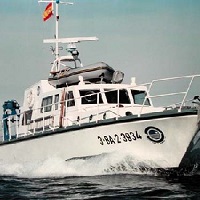
Monthly survey to study thermohaline and biological characterization of water masses in the East-North Atlantic.
-

Monthly survey to study thermohaline and biological characterization of water masses in the East-North Atlantic.
-

Monthly survey to study thermohaline and biological characterization of water masses in the East-North Atlantic.
-
This cruise is part of the UK science contribution to the international SOLAS project (Surface Ocean Lower Atmosphere Study www.uea.ac.uk/env/solas/) which aims to advance our understanding of environmentally important interactions between the ocean and the atmosphere. Data collected during the cruise will help to determine the influence of coastal/shelf regions (20-200 km offshore) on microbiological activity in the ocean and chemical interactions between the ocean and the atmosphere. Deep water containing high concentrations of nutrients such as nitrate, and gases such as nitrous oxide and methane, rises to the surface (upwells) at the Mauritanian shelf edge and moves offshore. These nutrients can be chemically altered by sunlight and used by bacteria and microscopic plants to grow. The gases escape to the atmosphere and contribute to global warming. This cruise will sample the upwelled water as it moves offshore measuring its temperature, salinity, nutrient and gas content and the impact this water has on microbiological growth and atmospheric composition in order to improve international global climate models. The cruise has three scientific objectives: 1. To determine the role of upwelling on the supply, loss and air-sea exchange of climatically important gases produced by plankton 2. To determine the role of light in breaking down upwelled and recently produced dissolved organic matter and in producing climatically important trace gases 3. To determine the impact of nutrient enriched upwelled water on the spatial and temporal variability of plankton community structure and activity and resultant influence on biogenic gas flux
-
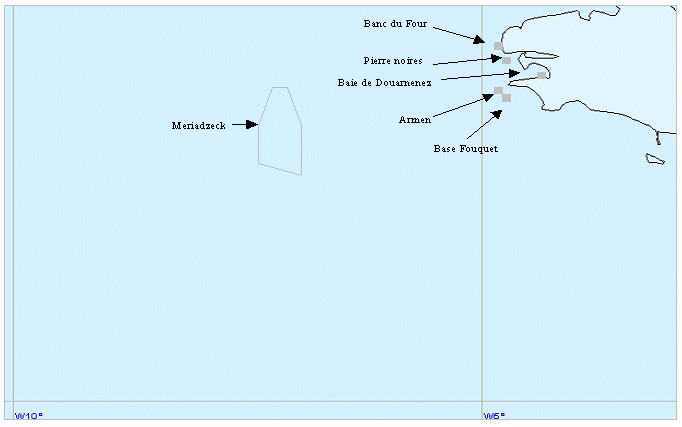
<p>The multi-annual partnership-based research programme SPIRAL (deep seismic and regional investigation in northern Algeria) aims to study the deep structure of the North Algerian margin using "high penetration" seismic methods: low frequency vertical reflection shooting, as well as wide angle reflection and refraction with deployment of listening stations on the seabed and onshore. The first strand of the SPIRAL programme SPIRAL involves the sea cruise to acquire geophysical data. This cruise took place aboard RV L'Atalante in two legs, respectively from 26/09 (Oran) to 10/10 2009 (Annaba) and from 13/10 (Annaba) to 10/11 2009 (Oran). These two legs provided acquisition of wide-angle seismic and penetrating multichannel seismic reflection data, which was the main objective of the project, as well as additional data like very high resolution (Chirp or sediment sounder type), magnetic and gravimetric, and multibeam bathymetric echosounder data. The profiles acquired during SPIRAL should supply elements to characterize the structural levels in and under the sediment cover (crust) down to the mantle in the targeted zones given in the cruise report; obtain accurate images of faulted and folded area and the major boundaries like the Moho; constrain the physical and rheological properties (particularly velocity models) which should help determine things like the nature of the crust at the continent-ocean transition. These constraints will make it possible to perform thermo-mechanical modelling on the scale of the Maghrebide belts to the base of the crust (temperature, density) and thus specify the main boundaries of the large crustal domains.</p>
-
Campaign GENESIS 2 "Pen Duick/Melilla", the second of three ROV campaigns, will focus on "Pen Duick Escarpment" in the Gulf of Cadiz or on the recently discovered "Melilla mounds" in the South-East Alboran Sea (Mediterranean Sea). The final choice of the study area will depend on the results of the TTR17 cruise with R/V Logachev (June-July 2008) and the R/V Marion Dufresne cruise (June 2008). One of these study areas will be surveyed using multibeam, side-scan sonar and high resolution seismics. Based on this site survey, the ROV Genesis will be deployed to carry out detailed mapping. Also the hydrography and sediment dynamics of the area will be studied with respect to the steering of the present ecosystems. GENESIS 2 takes place in the framework of the European projects HERMES (EC FP6), MiCROSYSTEMS (ESF) and HERMIONE (EC FP7).
-
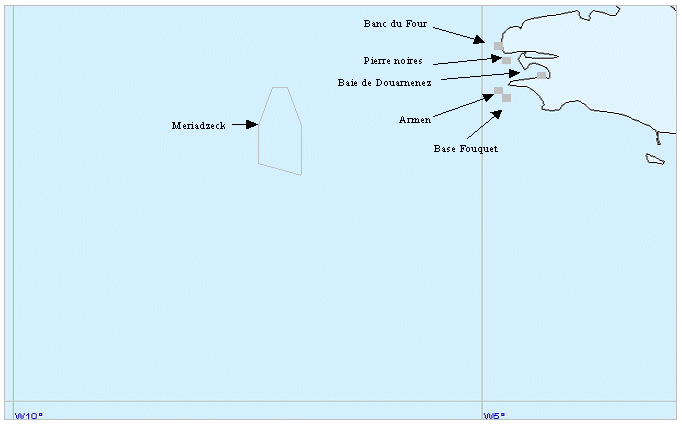
Assessment of small pelagic species resources in the Gulf of Lion using echointegration and trawl hauls to identify the observed echoes. This fell under the SIDEPECHE project.
-
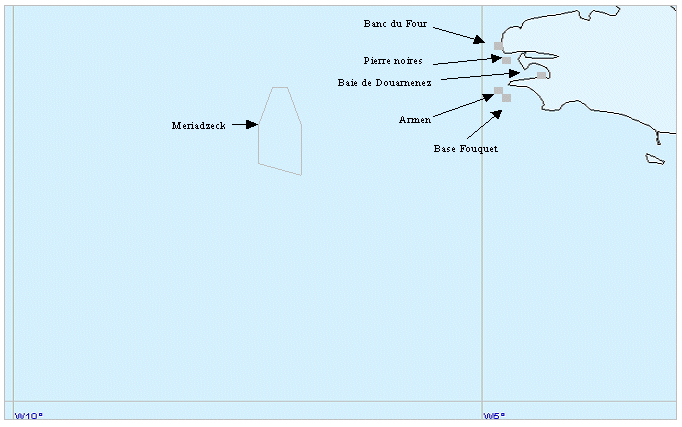
Characterizing the variability of hydrological and currentometric features and particulate fluxes on the continental rise of the Gulf of Lion et and in the deep convection zone. Monitoring of deep benthic communities in western canyons and on the continental rise of the Gulf of Lion. This fell under the HERMIONE project.
-
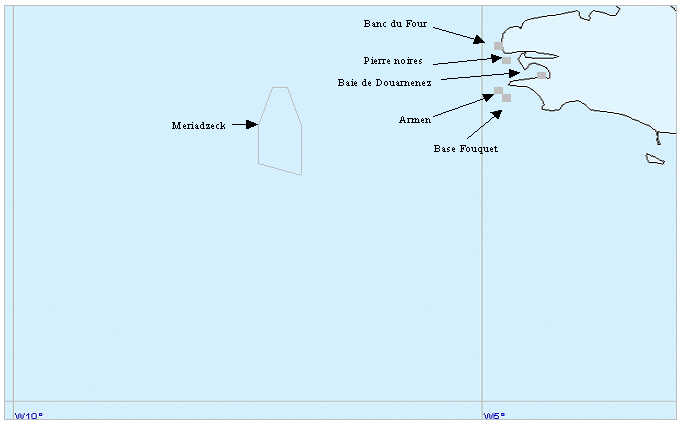
<p>Technical trials for NAUTILE, SYSIF, SMF RESON, GAPS and MATS equipment. The trials cruise had 2 legs: Leg 1 from 04/05/09 to 15/05/09 (Brest - La Coruna) and Leg 2 from 16/05/09 to 19/05/09 (La Coruna - Funchal).</p>
-
Characterizing the variability of hydrology and currentology features and particulate fluxes in the two canyons of Planier (station PL1000) and Lacaze-Duthiers (station LD1000), located at the eastern and western edges of the Gulf of Lion.
 Catálogo de datos del IEO
Catálogo de datos del IEO